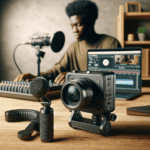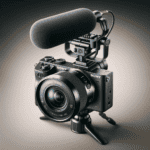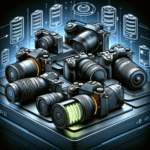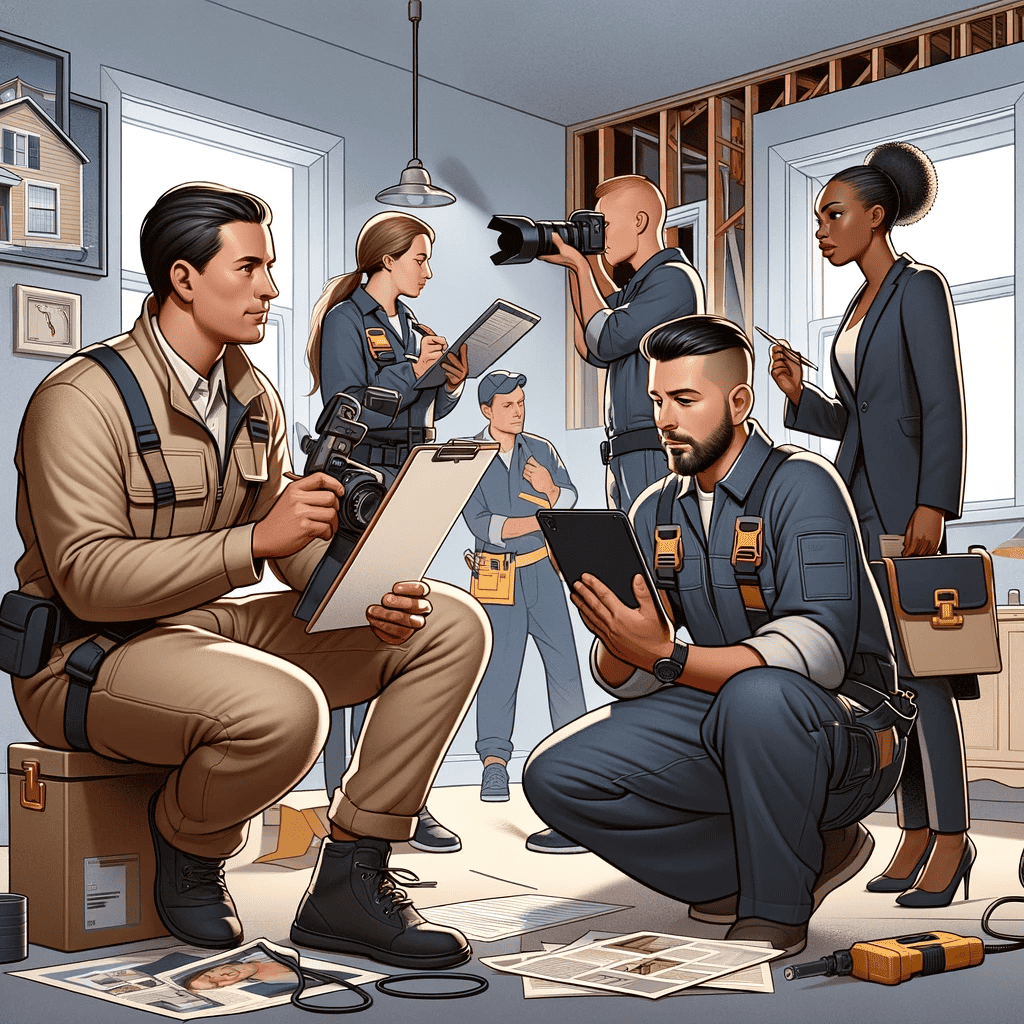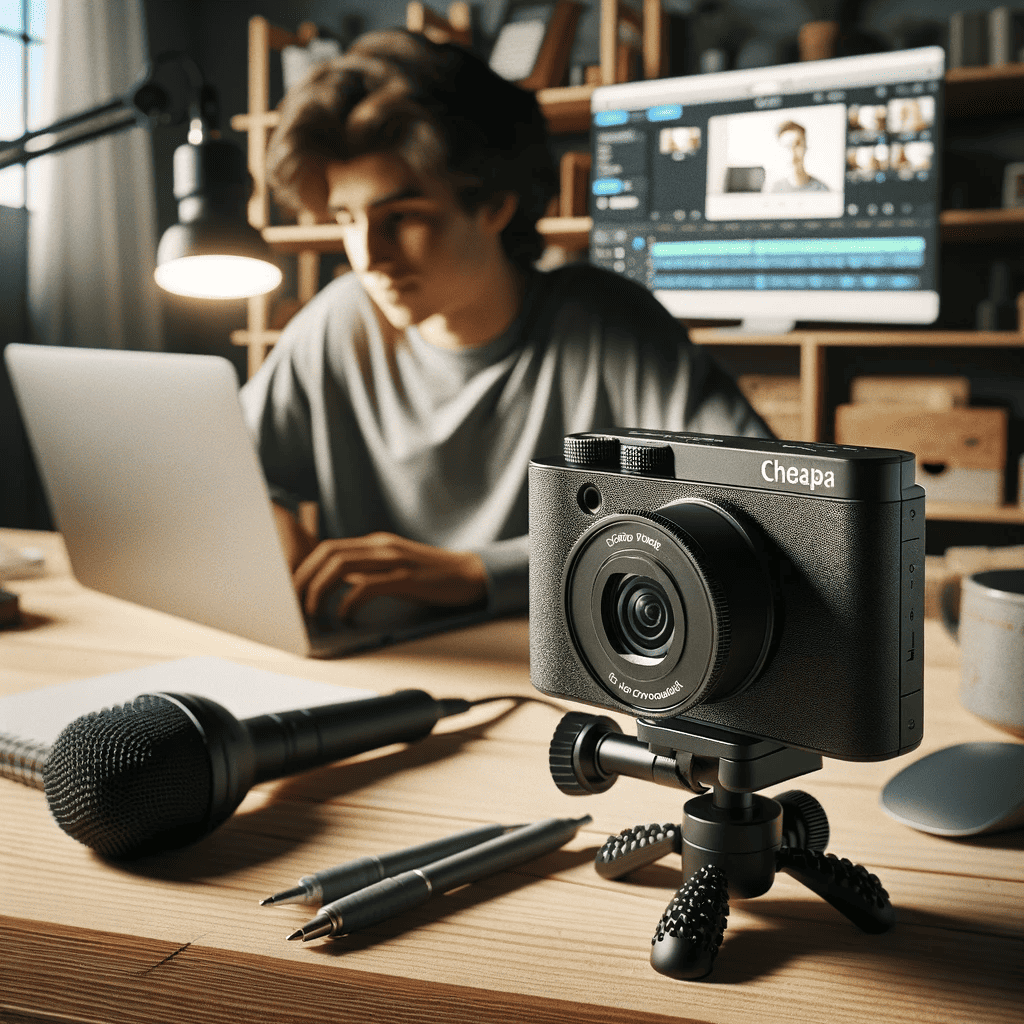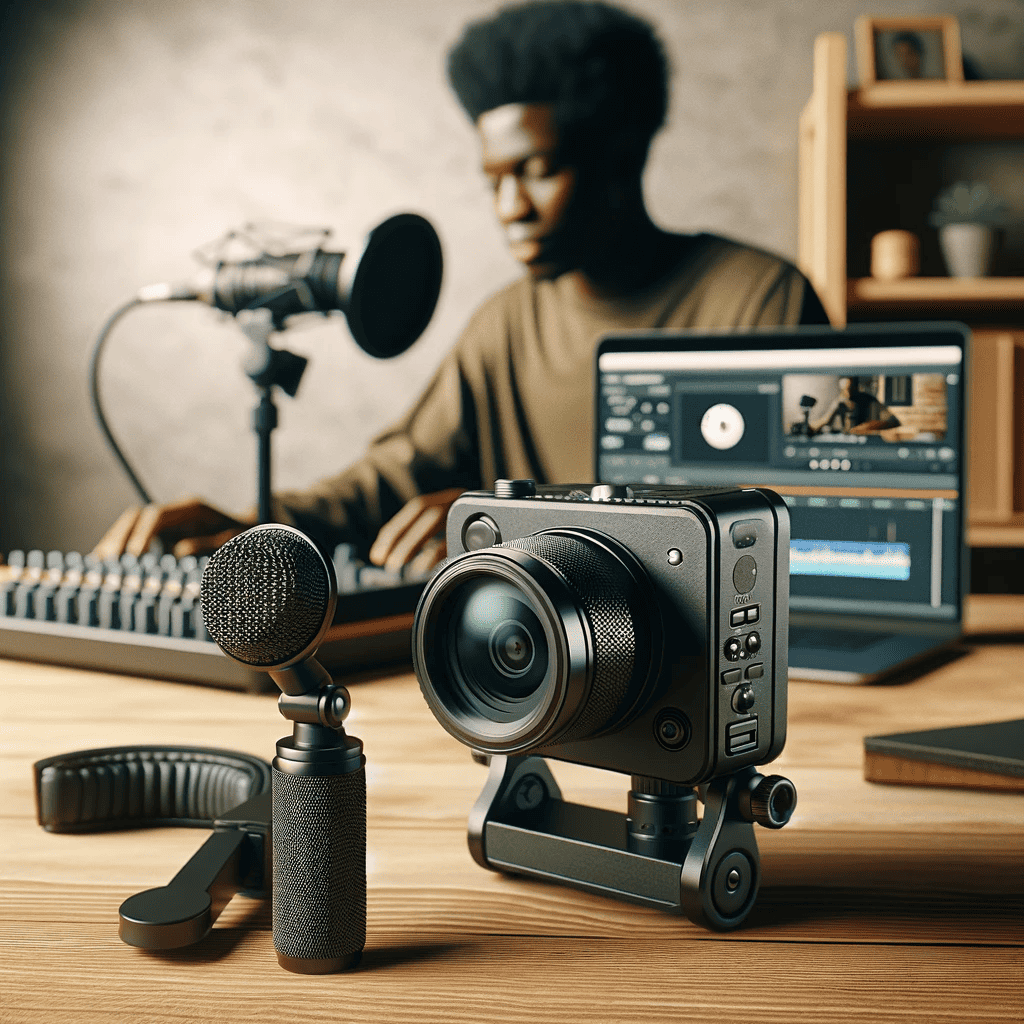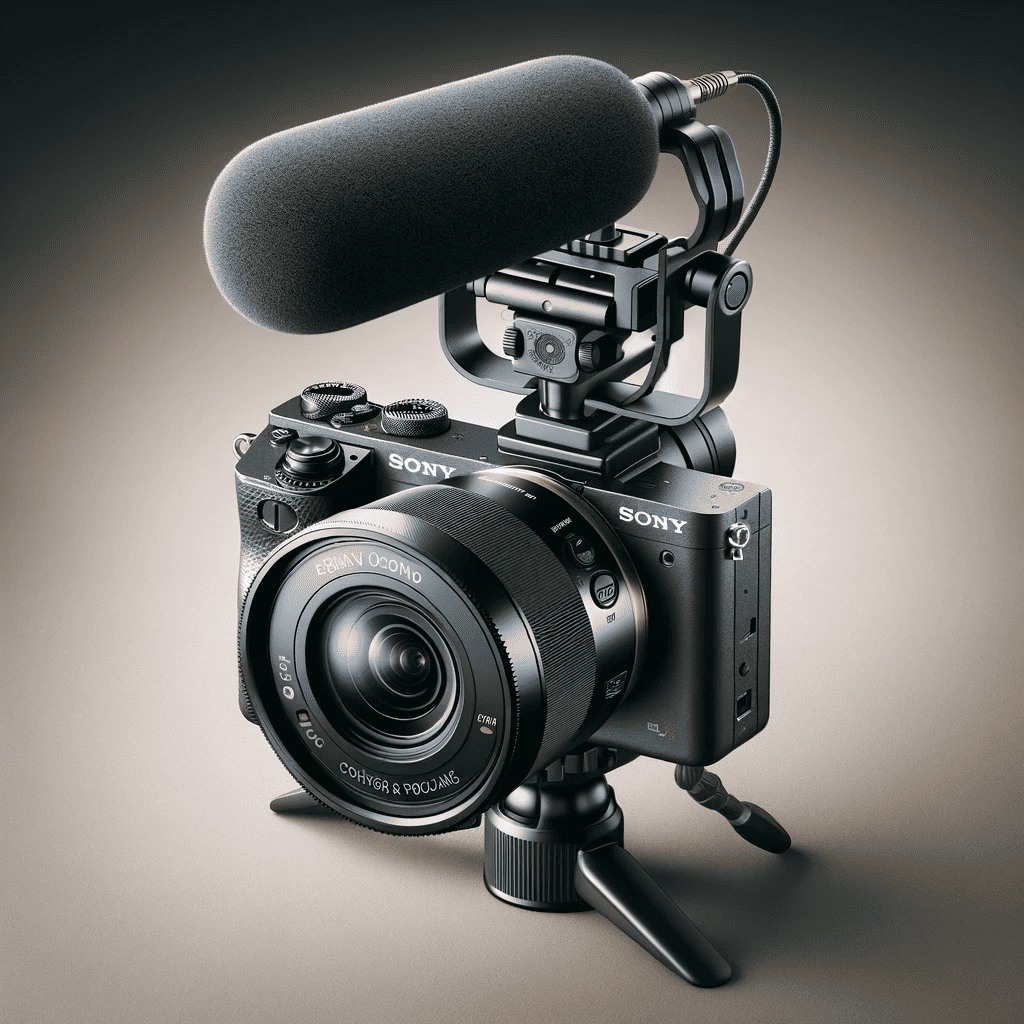Introduction
The Power of Visual Documentation
Digital cameras have revolutionized the way home inspectors document their findings and communicate with clients. Through high-quality images, they provide a visual record of the property’s condition, allowing inspectors to capture even the smallest details. These images serve as valuable evidence and aid in accurate reporting, reducing potential disputes or misunderstandings between inspectors and clients.
Key Factors for Choosing a Digital Camera
When selecting a digital camera for home inspections, several factors should be considered. Firstly, image quality is paramount, as it determines the clarity and accuracy of captured details.
Inspectors need cameras with high-resolution sensors that can capture fine nuances and deliver sharp images for comprehensive analysis. Secondly, ease of use is vital for efficiency during inspections.
The camera should have intuitive controls and ergonomic design to ensure comfortable handling over extended periods. Additionally, quick access to essential settings enables swift adjustments on-site without wasting time.
Durability is crucial due to the demanding nature of home inspections. Cameras should be well-built with rugged construction that can withstand potential drops or accidental impacts.
Weather sealing also becomes important for outdoor inspections where dust or moisture may pose a risk to camera performance. Ultimately, choosing the right digital camera empowers home inspectors to perform their duties effectively while creating a reliable visual record of property conditions for their clients’ peace of mind.
Top brands in the market
Canon, Nikon, Sony, and other established brands dominate the market for digital cameras. These companies have a solid reputation for producing high-quality cameras that meet the needs of professional photographers, including home inspectors.
Canon is renowned for its excellent image quality and user-friendly interface. Nikon is known for its robust build quality and wide range of lens options.
Sony, on the other hand, has gained popularity in recent years due to its innovative mirrorless camera technology. Other brands like Olympus and Fujifilm also offer excellent options worth considering.
Comparison of different camera types
Digital single-lens reflex cameras (DSLRs) have long been the go-to choice for professional photographers, including home inspectors. DSLRs offer exceptional image quality, fast autofocus performance, and a wide range of compatible lenses. Mirrorless cameras have gained significant traction in recent years due to their compact size and advanced features.
Mirrorless cameras utilize an electronic viewfinder instead of an optical viewfinder found in DSLRs. They are lighter and more portable but still offer high-quality images and versatile lens options.
The importance of specific features for home inspectors
When choosing a digital camera as a home inspector, certain features are essential to consider. First and foremost is image resolution – higher resolution allows for more detailed inspection photos that can reveal potential defects or issues with greater clarity. Another critical feature is low-light performance or high ISO capabilities; this ensures clear images even in poorly lit areas such as basements or attics.
Wide-angle lenses are crucial as they enable capturing large spaces such as rooms or exteriors accurately without distortion. Macro lenses also come in handy when inspecting small details like electrical components or plumbing connections up close.
Additionally, effective autofocus capabilities ensure quick focus on subjects during inspections while minimizing delays caused by manual focusing adjustments. These specific features are vital considerations when selecting the best digital camera for home inspectors.
Sensor size and resolution: How it affects image quality and detail capture
Choosing a digital camera with a larger sensor size can significantly impact the image quality and detail capture in home inspection photography. A larger sensor allows for more light to be captured, resulting in sharper images with better dynamic range. With a higher resolution sensor, home inspectors can capture more intricate details in the properties they are inspecting.
This enables them to identify potential issues or flaws that may not be visible to the naked eye. By selecting a camera with a higher megapixel count, inspectors can zoom in on images during post-processing without sacrificing quality, ensuring thorough analysis of every aspect of the property.
ISO range and low-light performance: Crucial for capturing clear images in dimly lit areas
When performing inspections, home inspectors often encounter dimly lit areas such as basements or crawl spaces. In such situations, having a digital camera with a wide ISO range and excellent low-light performance is crucial. A wide ISO range allows for adjusting the camera’s sensitivity to light, ensuring clear and well-exposed images even in challenging lighting conditions.
Additionally, cameras with good low-light performance allow inspectors to avoid using flash or additional lighting equipment that might alter the natural appearance of the space being inspected. This helps maintain accurate representation while effectively documenting any potential issues.
Lens options: Discussing wide-angle lenses for capturing large spaces and macro lenses for detailed close-ups
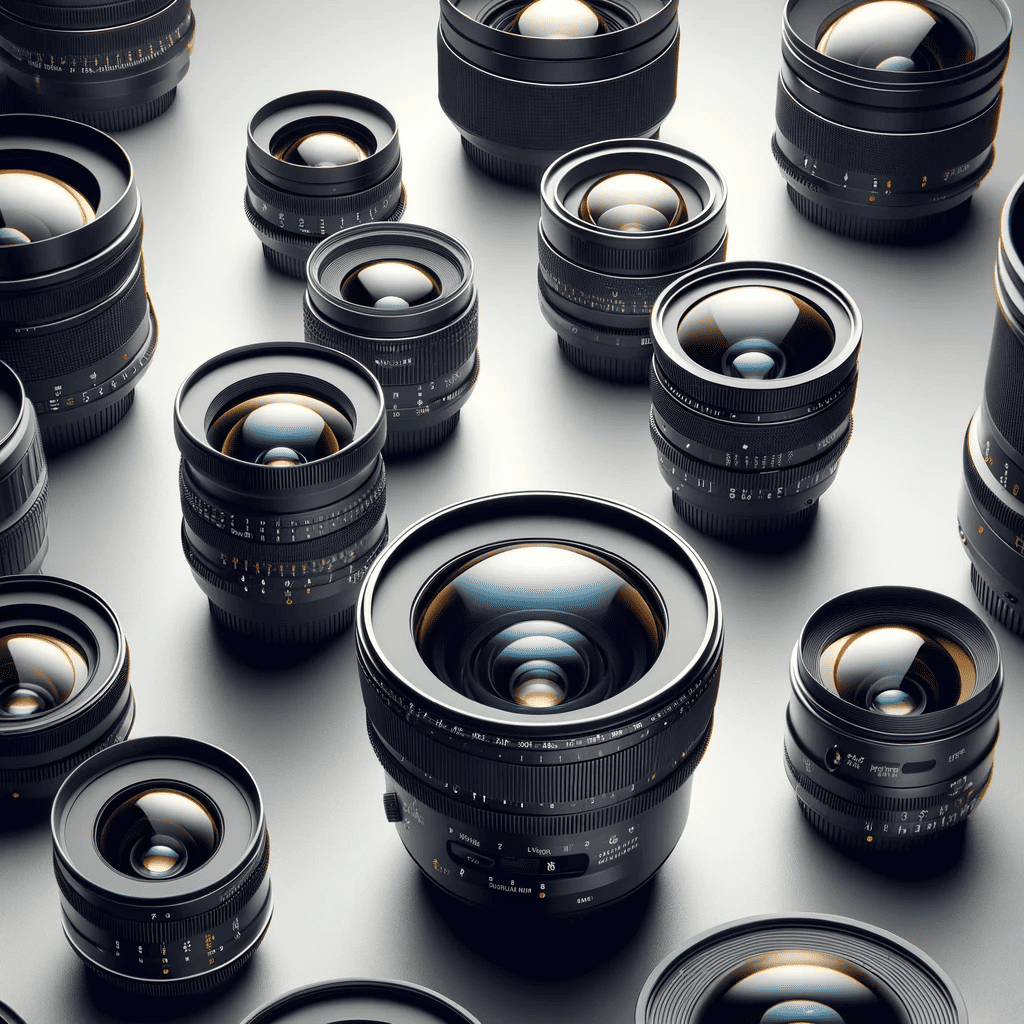
Home inspections require capturing both overall shots of large spaces as well as detailed close-ups of specific areas or components. Wide-angle lenses are ideal for photographing expansive rooms or exterior views, allowing inspectors to include more area within their frame without distortion.
These lenses provide a wider field of view, making it easier to showcase room layouts or emphasize property features accurately. On the other hand, macro lenses play a vital role in capturing precise details during inspections.
With their close focusing capabilities, macro lenses enable inspectors to photograph small components, such as electrical connections or plumbing fixtures, with exceptional clarity and detail. This level of magnification helps in identifying potential issues that might otherwise go unnoticed.
Image stabilization: Reducing blurriness caused by shaky hands or low light conditions
During home inspections, capturing sharp images can be challenging due to various factors such as hand tremors or low-light conditions. Image stabilization technology in digital cameras helps mitigate these challenges by reducing blurriness caused by camera shake.
Whether using a camera body with built-in image stabilization or using stabilized lenses, this feature compensates for small movements and vibrations while taking photos. This results in sharper images, especially when shooting handheld in situations where tripods may not be practical.
Autofocus capabilities: The importance of fast and accurate autofocus for quick inspections
For efficient home inspections, having a digital camera with fast and accurate autofocus capabilities is crucial. Inspectors often need to capture images quickly to document various aspects of the property accurately. Cameras equipped with advanced autofocus systems ensure that subjects are focused quickly and accurately, allowing inspectors to shoot without delay.
Additionally, features like continuous autofocus enable tracking moving subjects during videos or when capturing multiple shots in rapid succession. Fast and precise autofocus ensures that inspectors can concentrate on the inspection process itself rather than struggling with manual focus adjustments.
Rarely Known Small Details: Hidden Gems in Digital Cameras
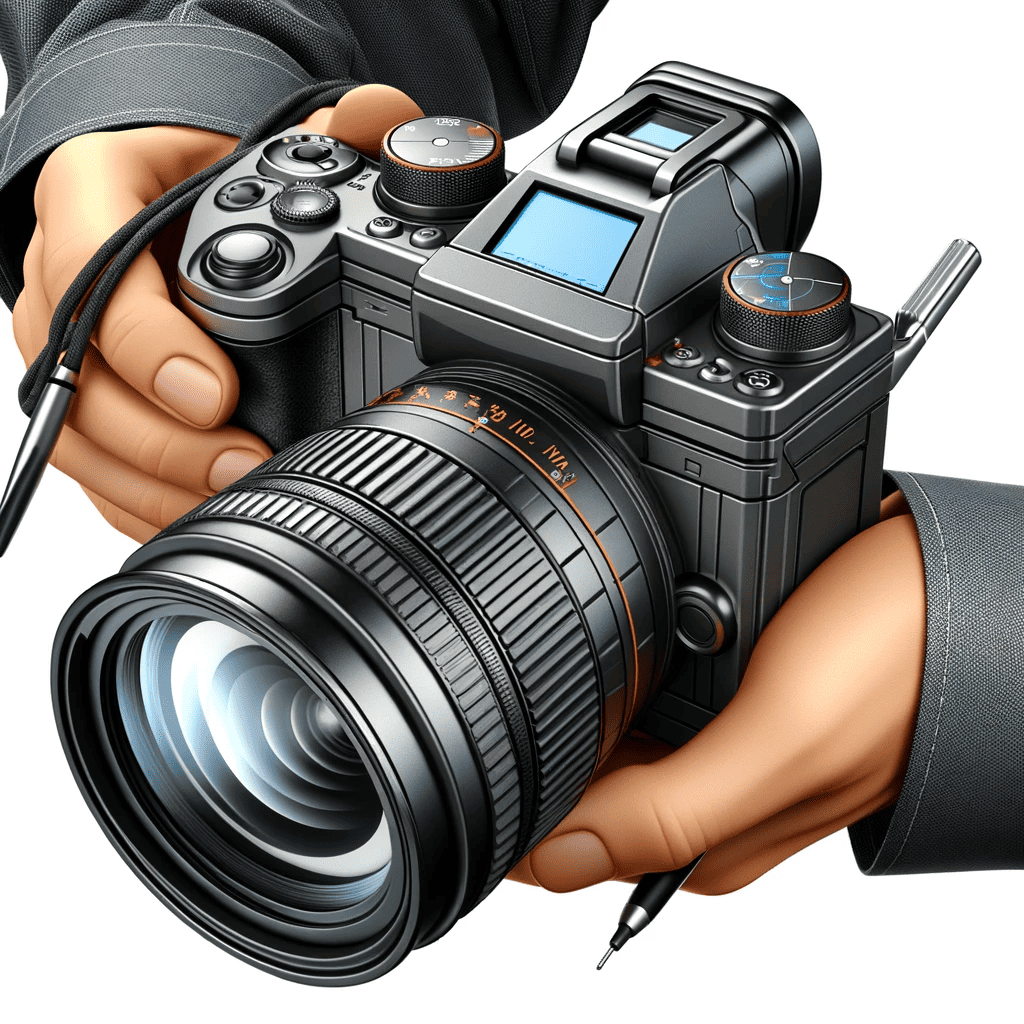
Weather sealing: Protecting the camera from dust, moisture, and extreme temperatures during outdoor inspections
Weather sealing shields the digital camera’s internal components from external elements, such as dust, moisture, and extreme temperatures commonly encountered during outdoor inspections. This feature ensures that the camera operates optimally and reliably even in challenging environmental conditions.
Dust can be a concern in construction sites or older buildings where debris may be present. Moisture resistance is vital for inspections in high-humidity areas, basements prone to dampness, or during rainy weather.
Extreme temperatures can have adverse effects on a camera’s performance by causing battery drain or affecting image quality. With weather sealing, home inspectors can confidently use their digital cameras without worrying about damage due to harsh weather conditions.
Customizable settings: Allowing home inspectors to save frequently used configurations for efficient workflow
Digital cameras with customizable settings empower home inspectors to save frequently used configurations that suit their specific needs and streamline their workflow. This feature eliminates the need for manual adjustments each time they encounter similar inspection scenarios, saving significant time and effort. Inspectors can customize settings like exposure compensation, white balance, ISO sensitivity, and focus modes based on their preferences or typical inspection requirements.
By having these personalized presets readily accessible at the touch of a button or dial, home inspectors can capture accurate and consistent images more efficiently while maintaining a smooth inspection process. Customizable settings provide flexibility and convenience for adapting the camera quickly to different lighting conditions and subject types encountered during inspections.
Wi-Fi connectivity and remote control options: Enabling instant image transfer to mobile devices or remote operation
Wi-Fi connectivity allows home inspectors to wirelessly transfer images from their digital cameras directly to mobile devices such as smartphones or tablets. This feature enables instant image sharing with clients or colleagues, facilitating real-time collaboration and faster report generation. Inspectors can review captured images on a larger screen for better analysis or editing before finalizing inspection reports.
Additionally, the remote control functionality provided by Wi-Fi connectivity allows inspectors to control the camera settings and trigger image capture from a distance. This is particularly useful in situations where accessing certain areas may be difficult or unsafe, allowing for remote operation of the camera without physically being present at its location.
Battery life and backup power options: Ensuring uninterrupted usage during long inspection sessions
Digital cameras with extended battery life are essential for home inspectors handling lengthy inspections that span several hours. These cameras can withstand extended usage without requiring frequent battery changes or recharging.
Additionally, having backup power options like spare batteries or external battery packs ensures uninterrupted usage in case the primary battery drains during critical moments of an inspection. Home inspectors need not worry about missing out on capturing important details due to sudden power depletion.
The combination of long battery life and backup power options provides peace of mind to inspectors during extended inspections where access to charging points may be limited or unavailable. By incorporating these rarely known small details like weather sealing, customizable settings, Wi-Fi connectivity with remote control options, and reliable battery life with backup power solutions into their digital cameras, home inspectors can enhance their efficiency, convenience, and versatility while conducting inspections in various environments and scenarios.
Real-World Examples & Case Studies
Showcasing success stories from home inspectors who have utilized digital cameras effectively
1. Home Inspector A captured high-quality images of structural issues using a digital camera with a high-resolution sensor. These detailed images allowed them to accurately document and communicate the extent of the problem to clients and contractors, resulting in effective repairs and satisfied customers. 2. Home Inspector B utilized a digital camera with excellent low-light performance during an inspection of an older property with inadequate lighting.
The camera’s ability to handle low-light conditions enabled them to capture clear images of hidden defects, such as water damage or mold, that may have otherwise been difficult to detect. This led to thorough inspections and informed decision-making for potential buyers.
3. In a case study, Home Inspector C shared how the customizable settings on their digital camera greatly enhanced their workflow efficiency. By saving frequently used configurations for different types of inspections, they were able to quickly switch between settings without wasting time manually adjusting parameters, allowing them to focus more on capturing accurate details during the inspection process.
Highlighting specific scenarios where certain camera features made a significant difference
1. In an example scenario, a home inspector encountered a narrow crawl space where accessing areas with traditional cameras was challenging. However, by utilizing a compact mirrorless camera with its tilting screen feature, they could easily navigate tight spaces while still capturing high-quality images for documentation purposes.
2. Another scenario involved inspecting properties situated in areas prone to extreme weather conditions such as heavy rain or snowfall. By using weather-sealed digital cameras that are resistant to dust and moisture ingress, home inspectors were able to continue their inspections without worrying about equipment damage or compromised image quality.
3. In a unique case study, a home inspector faced an inspection involving multiple floors in an old building without elevator access or time for frequent trips. They utilized a digital camera with remote control options, enabling them to position the camera in strategic locations while controlling it from their mobile device.
This allowed them to capture images from different perspectives without physically moving the camera, saving time and effort during the inspection process. These real-world examples and scenarios highlight how digital cameras have played a crucial role in empowering home inspectors to perform thorough inspections, document findings accurately, and provide clients with comprehensive reports.
Conclusion
Digital cameras have revolutionized the way home inspectors capture and document their findings. By investing in the right equipment, inspectors can enhance their efficiency, accuracy, and overall professionalism.
The best digital camera for home inspectors will be one that combines high-quality image capture, essential features, and durability to withstand various inspection environments. When selecting a digital camera for home inspections, it is crucial to consider factors such as sensor size and resolution for capturing detailed images.
Low-light performance and autofocus capabilities are vital in ensuring clear images regardless of lighting conditions. The versatility of lens options, including wide-angle lenses for capturing large spaces and macro lenses for close-ups, is also an important consideration.
Additionally, features like image stabilization help minimize blurriness caused by shaky hands or low light. Furthermore, inspecting outdoor areas can be made easier with weather-sealed cameras that protect against dust and moisture.
As technology continues to advance rapidly in the field of digital imaging, it is essential for home inspectors to stay up-to-date with the latest developments in camera technology. By leveraging these advancements effectively during inspections, inspectors can provide more comprehensive reports to clients while streamlining their workflow.
The right combination of features tailored specifically to the needs of home inspectors will ensure that they can capture highly detailed visual evidence accurately and efficiently – ultimately helping them excel in their profession. Remember: a well-equipped home inspector armed with a reliable digital camera not only benefits themselves but also provides peace of mind to potential homeowners by delivering thorough reports with high-quality visuals that accurately depict the condition of properties being inspected.


